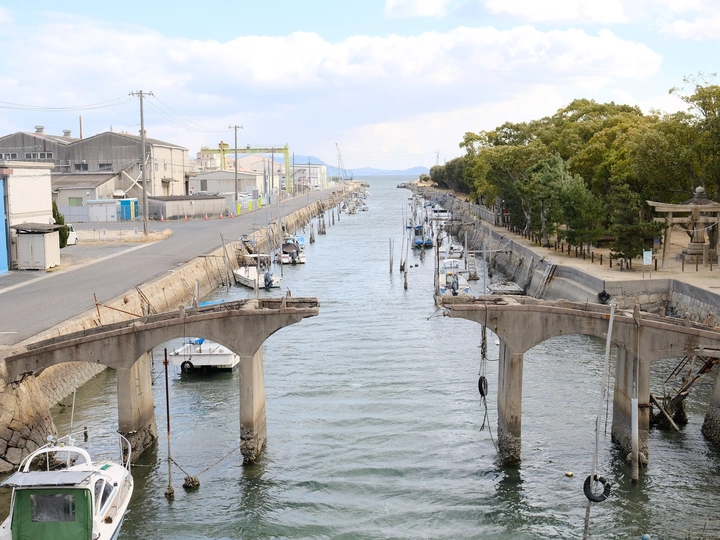Who Builds?: Counter-stories of Built Environment

We are a cross-continental collective of architectural practitioners and researchers who met at Gotthard Pass in summer 2025—a transhistorical crossroad of moving matters. With diverse backgrounds in architecture, urban studies, heritage, and infrastructural research, we share a commitment to rethinking architecture’s role in society through research, education, and practice. Our work foregrounds overlooked actors, material flows, and labour ecologies shaping the built environment beyond conventional narratives of authorship and aesthetics.
Yosuke Nakamoto works between Tokyo and Zürich. Educated at TU Wien, USI Mendrisio, and ETH Zürich, he was a 2024 WRI-CCA Fellow in Montreal. His research explores infrastructure, landscape, and economic exchange, shaped by Japan’s corporate diasporas. Currently teaching at ETH, he will begin his doctoral thesis at gta on the Seto Inland Sea salt fields as sites of extraction and ecological change. Tiffanie Paré studied at McGill and EPFL, specialising in heritage, landscape, and urbanism. She has worked at THEMA and the EPFL Archives of Modern Construction. Her SNSF-funded doctoral research investigates general contractors’ hidden roles in shaping Swiss building culture. Martin Peikert bridges architecture and geography, holding degrees from HEIA-FR and the University of Lausanne. His doctoral research at EPFL analyses Swiss architectural competition systems. A contributor to Hochparterre and co-curator of “Wettbewerbslabor 2026,” he examines data-driven approaches in architectural theory and practice. Together, we seek to create impact by building counter-archives, fostering situated pedagogies, and forging alliances that reconnect architecture with the material and societal realities of labour, ecology, and infrastructure.
Who Builds? re-centres architectural discourse by foregrounding overlooked actors—builders, materials, ecologies—who shape the built environment through labour and land-based practices. Against narratives prioritising authorship and aesthetics, we investigate architecture from below, tracing entangled relations between capital, labour, material flows, and territorial governance.
We ground inquiry in material histories revealing how architecture emerges through extraction, logistics, and informal knowledge. Japan's Seto Inland Sea salt field transformations show how salt—once embedded in communal rituals—was industrialised, restructuring coastlines physically and socially while erasing traditional practices. Swiss contractor Zschokke SA's overlooked biography exposes how construction firms orchestrate infrastructural landscapes through managerial networks and capital flows, yet remain peripheral in architectural historiography. These cases foreground materials and infrastructural actors as central agents mediating ecological rhythms, economic policies, and territorial transformations.
Who Builds? employs cross-disciplinary workshops, field visits, and dialogues to activate landscapes as teaching tools. Research grounded in labour and extraction sites fosters direct engagement with architectural production’s socio-ecological dynamics. We construct "counter-narratives" tracing erased biographies of builders, materials, and landscapes, challenging dominant narratives of architectural authorship.Through LINA, we seek collaborators committed to rethinking architectural agency amidst socio-environmental crises. We envision expanding this approach to territories shaped by extractive economies, creating distributed counter-archive networks fostering new alliances across spatial practices. By reconfiguring architectural education through situated knowledge and collective authorship, we call for a relational, material understanding of architecture urgently needed today.